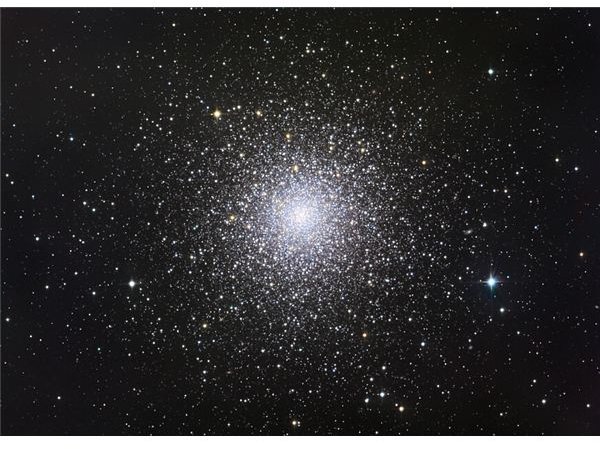A List of Galaxy Names and Fun Facts
Galaxy Basics
Before diving into a list of galaxy names, we’ll briefly review just what comprises a galaxy.
When gravity holds together a system of stars, gas, and dust, a galaxy results. Many galaxies are too far away to be viewed even by the best telescopes, according to NASA. Scientists estimate there are about 100 billion galaxies scattered throughout the parts of the universe that researchers and other interested parties with the appropriate equipment can actually view. Theoretically, billions more exist in the “unknown” parts of the universe.
It’s also important to understand the definition of a “light year.” A single light year is estimated at about 5.88 trillion miles. NASA notes that the farthest galaxies ever photographed are about 10 to 13 billion light years away.
A Quick Milky Way Overview
The famed Milky Way galaxy is the Earth’s “home” galaxy. NASA notes that the Milky Way has a diameter of about 100,000 light years and contains 100 billion stars.

The Andromeda Galaxy
The Andromeda Galaxy is one of four galaxies in the universe that can be viewed without telescopes or other scientific equipment, according to NASA. Andromeda, an estimated 2 million light years away from the Earth, is sometimes visible throughout the Northern Hemisphere.
Facts about the Magellanic Clouds
The Large Magellanic Cloud and the Small Magellanic Cloud are two galaxies visible throughout the Southern Hemisphere. According to NASA, the Large Magellanic Cloud is an estimated 160,000 light years away from the Earth; the Small Magellanic Cloud’s distance from the Earth is approximately 180,000 light years.
Galaxy M83 Facts

Galaxy M83 is shaped similar to the Milky Way, but is not as widely discussed as the aforementioned galaxies. M83, first discovered in the late 1820s, is located about 15 million light years away from the Earth. Its visible “spiral arms” also earned M83 the nickname of “Southern Pinwheel,” according to NASA.
About Centaurus A
Centaurus A, also known as NGC 5128, is a galaxy located within M83, according to the Students for the Exploration and Development of Space (SEDS) website. This galaxy has a unique appearance, resembling a partially eroded galaxy.
Interesting Galaxy Names
While these galaxies aren’t commonly discussed, a few interesting names exist among named systems. You might want to learn more about the following galaxies:
- Draco Dwarf
- Papillon
- Pegasus Dwarf
Just for Fun
While you can’t legally name a galaxy or a star, consider stopping by the “Name a Galaxy” website if you’re interested in having a little fun after reading this list of galaxies. Many other websites charge money for certificates of naming a galaxy or a star. However, “Name a Galaxy” allow you to name a galaxy and print your own certificate. This is a potentially interesting gift to give someone interested in celestial bodies.
References
- “Name a Galaxy.” https://www.nameagalaxy.com
- “NASA: Astronomy Picture of the Day.” https://apod.nasa.gov/apod/ap070724.html
- “NASA: Galaxy.” https://www.nasa.gov/worldbook/galaxy_worldbook.html
- “Students for the Exploration and Development of Space (SEDS): NGC5128.” https://seds.org/messier/xtra/ngc/n5128.html
- “SEDS: Galaxies with Proper Names.” https://seds.org/messier/xtra/supp/rasc-g-n.html
